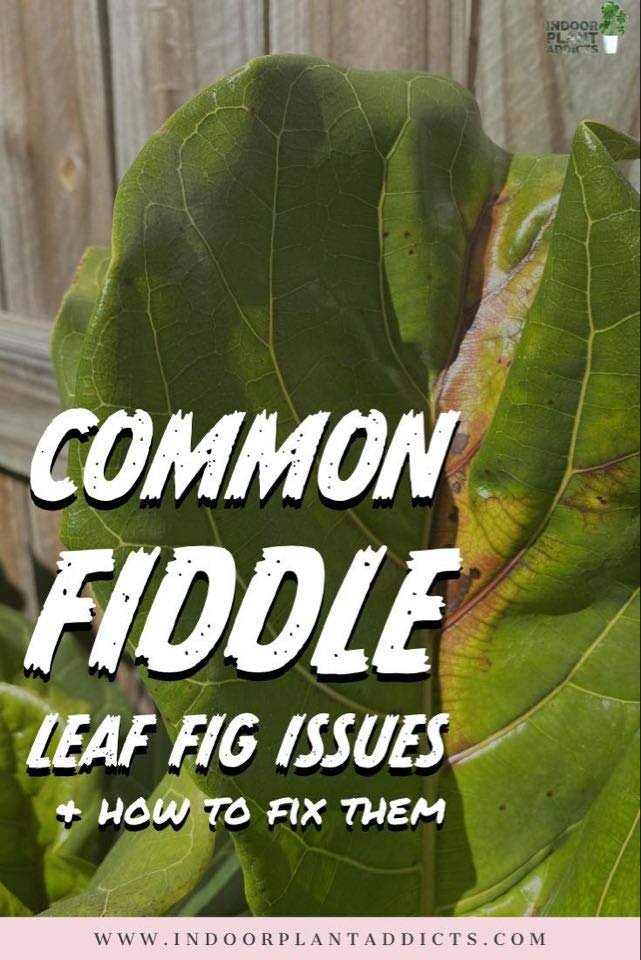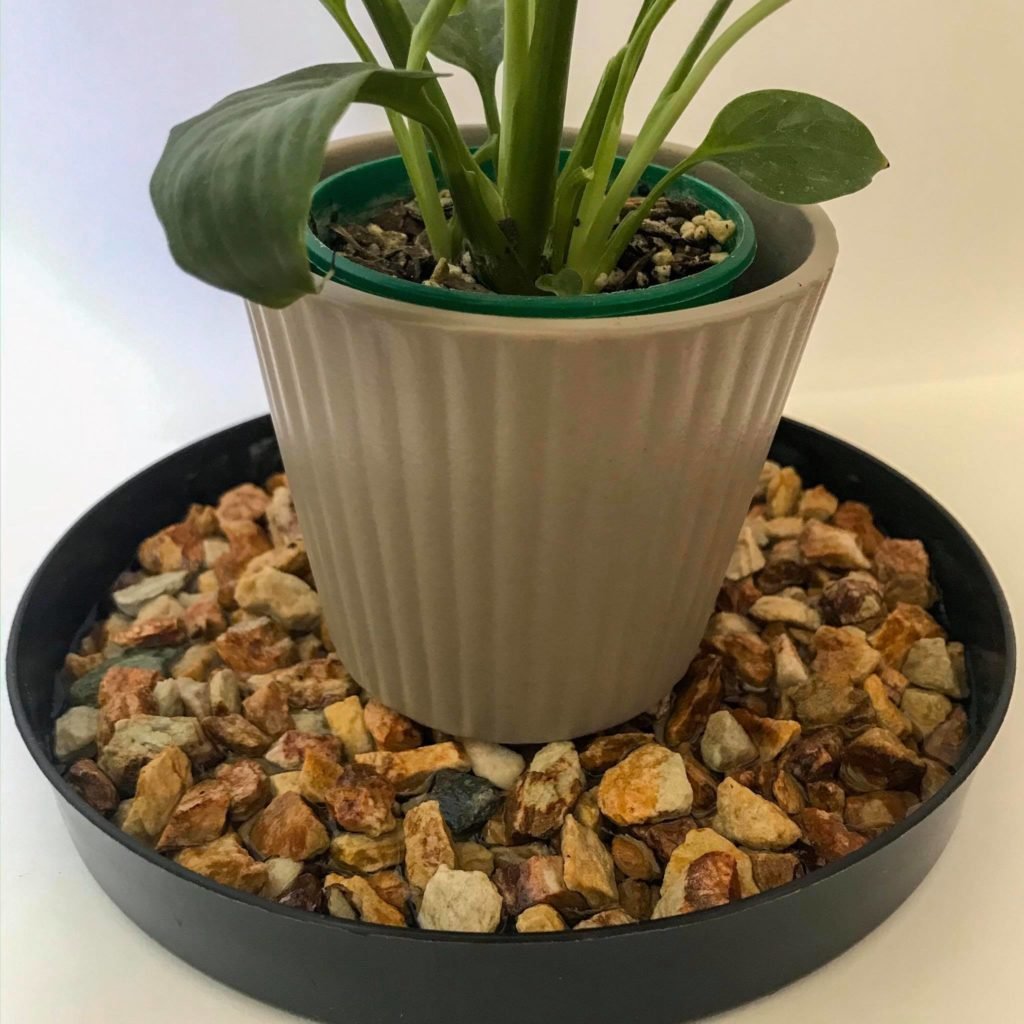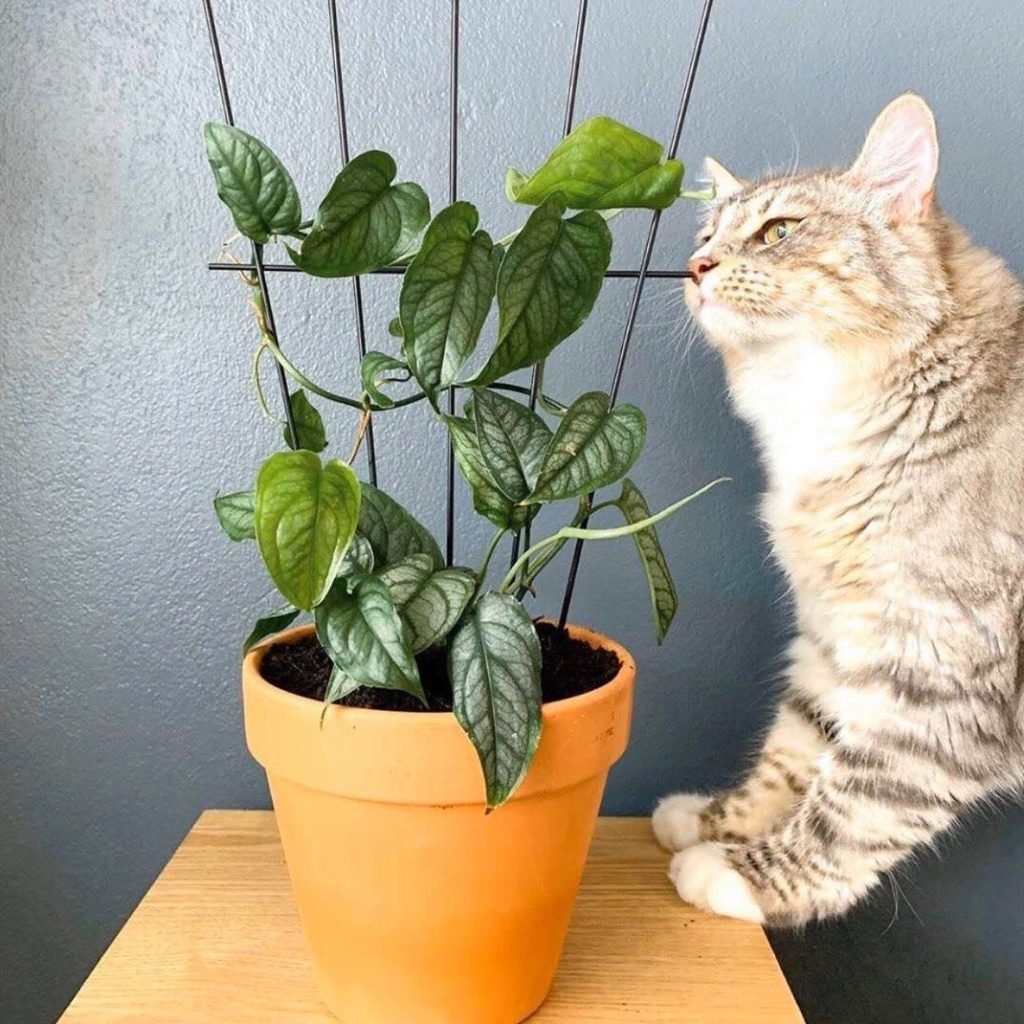
This guide is for diagnosing the most common issues that you can encounter whilst being a plant mum (or dad) to fiddle leaf figs. If you are after more general care tips and growing requirements be sure to read our general care guide for fiddle leaf fig.
Dropping leaves
There are a variety of reasons that your fiddle leaf fig has begun to drop its precious foliage. These include but are not limited to incorrect watering, exposure to climate extremities & Shock.
Over/ Under Watering
The most common reasons for leaf dropping is over or under watering. The best way to prevent this from occurring is not to rely on a tight watering schedule all year round. As the seasons change the amount of water you plant uses changes as well.
For example in summer your plant will use more water than it does in winter as the temperature is hotter and evaporation is at its peak. So sticking to the same watering schedule you use in summer can result in your fiddle leaf being over watered.
The best way to avoid over or under watering (in turn stop your plant from dropping leaves) is to water based on the moisture content of your soil. A good indicator of when your fiddle leaf fig needs water is when the top 3 inches of soil (8 cm) is dry to the touch. When this occurs be sure to water your plant until water is flowing from the bottom of the pot. leave the plant to drain excess water as to not become water logged.
Climate
Temperature and humidity can affect your plants health. Extremely dry conditions can cause your fiddle leaf to drop leaves. This is typically caused by a lack of watering, leaving your plant in direct sunlight or an area with consistent dry winds. These issues can be treated easily if caught early enough with better watering routines and repositioning your plant respectively.
Remember: Fiddle leaf figs love consistency in their environment and do not like change.
Shock
Moving your plants can cause them to stress and can put them into a state of shock. Transporting fiddle leaf fig, especially after buying them and bringing them home can cause tremendous stress. This shock can cause your plant to drop its foliage in particular older leaves. There isn’t much you can do about plant shock after it has occurred other than ensure it is in an ideal spot and its requirements are met.
Brown leaves/ spots
You may of noticed a few brown round spots appearing on the foliage of your fiddle leaf fig. There are a few main reasons for this occurrence and more often than not the likely cause is root rot. Other causes for brown spots can include pests such as insects and sunburn.
Root Rot
There are two types of root rot that can cause brown spots on your plant, these are bacterial and fungal infections. Root rot brown spots are typically very dark which allows for easy identification.
- Fungal root rot tends to cause darker spots on your fiddle leaf fig from the stem out wards.
- Bacterial root rot will tend to leave brown spots on the edges of the foliage, these are slightly lighter in color and will spread.
Treating Root Rot
Regardless of what type of root rot infection your fiddle leaf fig has treatment is the same. You will need to change your plants underlying conditions such as;
- Incorrect drainage/ watering, ensure you are watering your plant correctly and that there is adequate water flow in its pot.
- Re-pot your plant with a well draining soil mix.
- Remove affected leaves with clean, sharp pruners.
Tip: make sure not to remove to many leaves at once as this can shock your plant. Your fiddle leaf fig will also need leaves in order to recover as this is how they produce energy. We recommend not removing more than 10-20% of your plants foliage in one go. Make sure to prioritizing removing the most damaged/ affected leaves.
Pests/ Insects
Insects can also be a culprit when it comes to brown leaves of your fiddle leaf fig. There is a few ways to identify whether or not insects are the issue these include; seeing insects visually crawling across your plant, small little webs on the stem/ foliage, insects can also leave small holes in your plant which is helpful for identifying this problem in particular.
Treating pests/ Insects
After identifying what specific insect is on your plant, you will need to determine how to remove them. There are a few common ways to remove insects these include, washing them away with water, wiping them off with a cloth and using pesticides or essential oils. For more information on the different insect species checkout our pests & diseases page.
Fiddle leaf fig sunburn
Although sun burn is not really classed as a disease or pest we thought we’d include it to help identify your plants potential problems. Fiddle leaf fig can develop sun burnt leaves if it receives direct sunlight, especially on hotter days in the harsh afternoon sun.
Sunburn Identification
Leaves affected by sunburn can be identified from lighter brown/ tan colored spots. These spots will only occur on parts of the foliage which have been directly hit by direct sunlight. Therefore brown dots that only appear on particular parts of the foliage (that have been hit by direct sunlight) can rule out more sinister problems like rot root.
Sunburn Treatment
The first thing you should do once you have identified sun burn on your plant is to move it out of the direct sun! You can learn more about fiddle leaf fig light requirements here. Leaves that have been affected by sunburn will not recover (no matter how much aloe vera gel you use) so will need to be removed from the plant. To avoid this happening again make sure you monitor how much light you plant receives in each season.
How to Prevent Brown Spots
It is important that you undertake prevention techniques in order to keep your fiddle leaf figs foliage nice and healthy. The best ways to prevent brown spots are;
- Monitor your plant regularly. Check your fiddle leaf fig at least weekly to be able to catch any spots early. This will allow you to treat them immediately an possibly prevent them spreading.
- Make sure your plant has the correct amount of drainage. This particularity aids in avoiding root rot.
- Avoid over-watering.
- Plenty of sunlight, this gives your plant energy to help fight off any pests/ diseases. Remember that plants can get sunburned too, so make sure this is bright in-direct light.
Should you remove brown/ damaged leaves from fiddle leaf fig?
You should remove any affected brown leaves from your plant to prevent further damage spreading. The best way to do so is by using a clean, sharp pair of pruners or secateurs. Position your cutting tool around 1 cm away from your fiddle leafs trunk to allow space for the plant to heal. This distance helps mitigate the risk of infection of the main stem.
Any leaves that have significant sized discoloration (i.e. brown spots) or holes should be removed immediately regardless of season. This can potentially stop the spread of disease and save your plant.
Note: Make sure your pruning action is done in one clean cut to avoid ‘hacking’ away at the plant which can lead to further issues.
Will leaves grow back on a fiddle leaf fig?
Sadly unlike some of their rubber plant cousins, fiddle leaf fig will not grow back any lost leaves. This makes it even more important to care for the leaves you have, cause once they are gone, they are gone for good.


